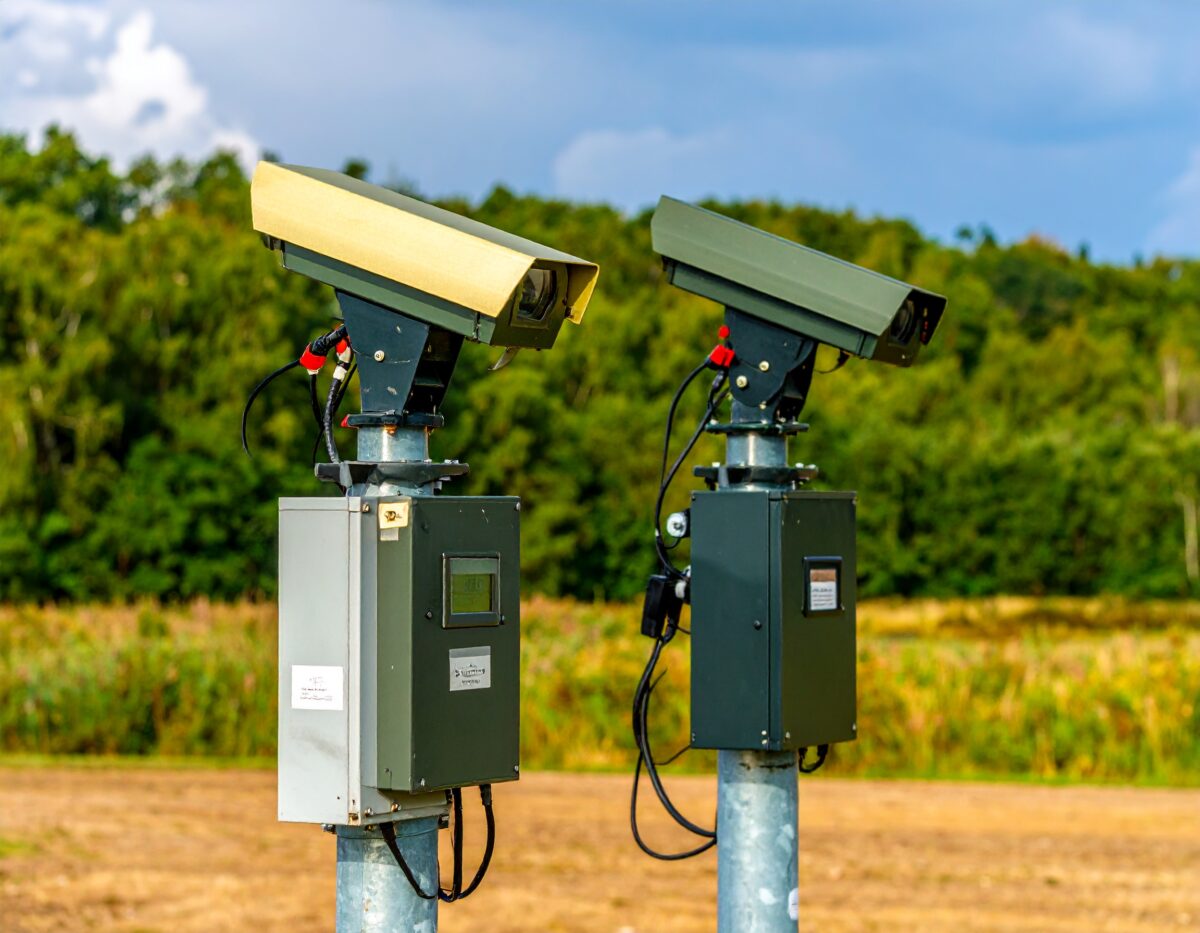The Hidden Risks of Inaccurate Barometric Pressure Measurement
Barometric pressure is a vital environmental metric that impacts a wide range of industrial and commercial processes. Measuring it accurately...

Barometric pressure is a vital environmental metric that impacts a wide range of industrial and commercial processes. Measuring it accurately is critical for ensuring optimal operations, safety, and data integrity.
Yet, the hidden risks of inaccurate barometric pressure sensor measurement can have far-reaching consequences. These consequences often go unnoticed, leading to costly errors, safety hazards, and operational inefficiencies.
Why Accurate Barometric Pressure Measurement Matters
Barometric pressure reflects the weight of the air above a location. It directly influences weather prediction, equipment performance, and environmental monitoring. Industries such as aviation, renewable energy, and ecological research rely on precise conditions. Accurate data ensures operations remain stable and predictable.
Even a slight deviation in measurement can compromise decision-making, trigger false alarms, or place equipment under unnecessary stress. That’s why industrial-grade barometric pressure sensors remain indispensable across critical fields.
Risks of Inaccurate Barometric Pressure Sensor Use
1. Faulty Weather Predictions
Weather monitoring depends heavily on barometric pressure readings. Incorrect data can cause errors in storm tracking, rainfall forecasts, or wind pattern analysis. These gaps create risks for agriculture, construction, and public safety.
2. Safety Hazards in Industrial Settings
In manufacturing or energy operations, unstable pressure data may lead to unsafe working conditions. For example:
- Ventilation systems may fail to respond properly.
- Combustion processes may operate outside safe parameters.
- Equipment calibration can drift out of acceptable ranges.
3. Damage to Sensitive Equipment
Inaccurate readings can strain HVAC systems, data centers, or automated process controls. Over time, poorly calibrated barometric pressure transmitters can miss key pressure changes, increasing the risk of equipment downtime. This may result in costly repairs or reduced lifespan of high-value assets.
4. Misguided Research and Environmental Monitoring
Environmental studies often rely on long-term pressure datasets. Errors at the source compromise research outcomes, leading to misleading conclusions about climate conditions, air quality, or ecosystem health.
How Faulty Barometric Pressure Measurement Affects Industries
Different industries face different risks when barometric weather instruments underperform:
- Aviation and Transportation: Compromises flight planning and safety.
- Renewable Energy: Wind and solar projects depend on pressure-related data for efficiency and stability.
- Agriculture: Crop and irrigation planning suffer when weather predictions are unreliable.
- Data Centers: Incorrect environmental monitoring exposes sensitive hardware to overheating or unstable airflow.
- Municipal Infrastructure – Stormwater and wastewater systems rely on accurate barometric inputs to prevent overflow or mismanagement.
Key Causes of Barometric Pressure Sensor Inaccuracy
Several issues contribute to poor barometric pressure measurement:
- Sensor drift over time without recalibration.
- Low-quality components that cannot withstand harsh environments.
- Improper installation that exposes sensors to excessive vibration or extreme temperatures.
- Lack of maintenance in demanding industrial or outdoor conditions.
Addressing these factors ensures data integrity and protects both equipment and operations.
Barometric Pressure Accuracy Safeguards Industrial Operations
The risks of inaccurate barometric pressure measurement instruments extend across safety, research, and industrial performance. Minor errors can cascade into major challenges for equipment, infrastructure, and long-term planning. Selecting dependable sensors ensures consistent monitoring, reliable data, and protection against unforeseen risks.
Comptus offers barometric pressure gauges and sensors engineered to perform reliably in demanding industrial and environmental applications.



